This unit introduces the topic water optics and water colour remote sensing. We start with an introduction on the importance of remote sensing for aquatic ecosystems, interaction of light with matter, inherent and apparent optical properties, effects of various water constituents on the water reflectance. We continue with water colour remote sensing, data processing levels, atmospheric correction, in-water algorithms and present and future satellite sensors. The last part shows examples of application and discuss the advantages and challenges of hyperspectral sensors.
This unit was published in February 2023. Students are advised to go through the unit “Principles of imaging spectroscopy” before starting with this unit.
How to cite this slide collection: M. A. Soppa, A. Bracher, M. Hieronymi (2023). Spaceborne imaging spectroscopy of aquatic ecosystems – Water Optics and Water Colour Remote Sensing, HYPERedu, EnMAP education initiative, February 2023, AWI and Hereon.
Please help us to further improve the hyperspectral resources and send us your feedback to hyperedu@eo-college.org


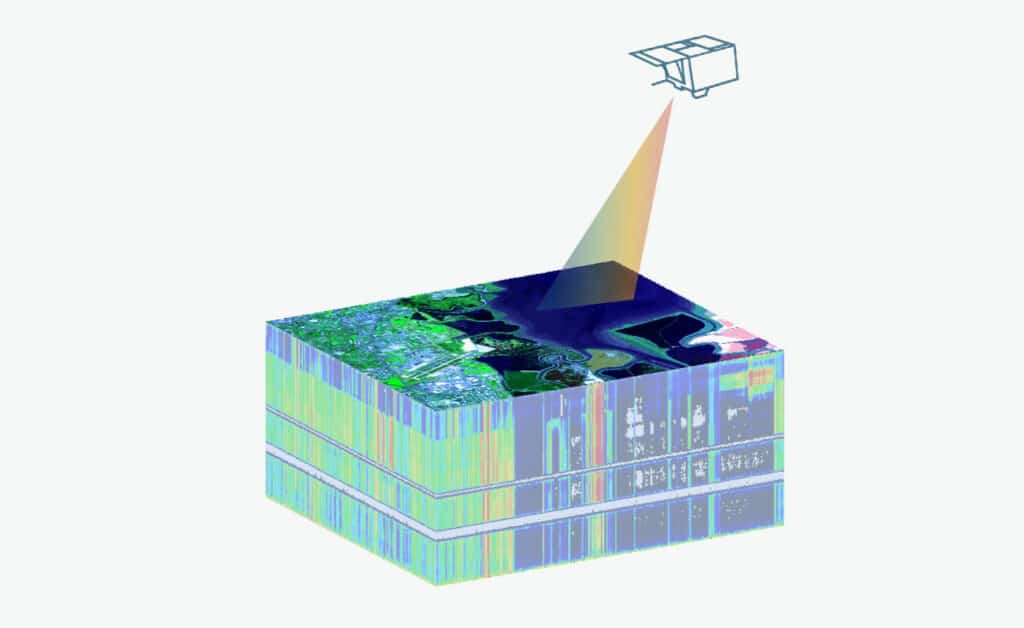
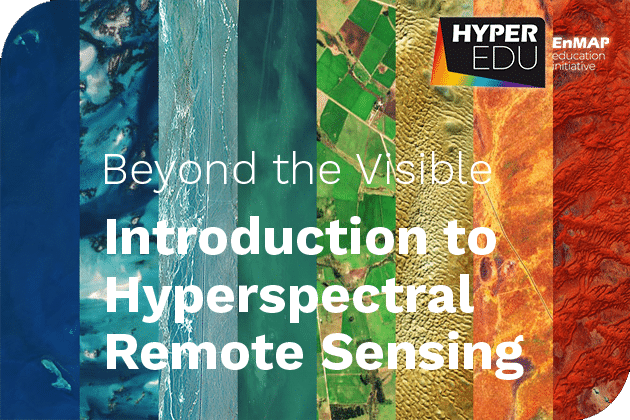
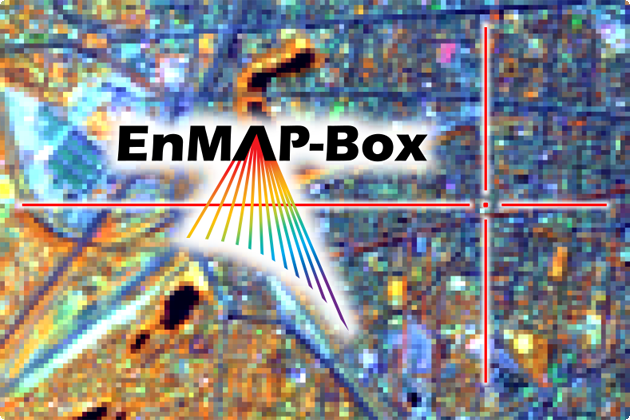
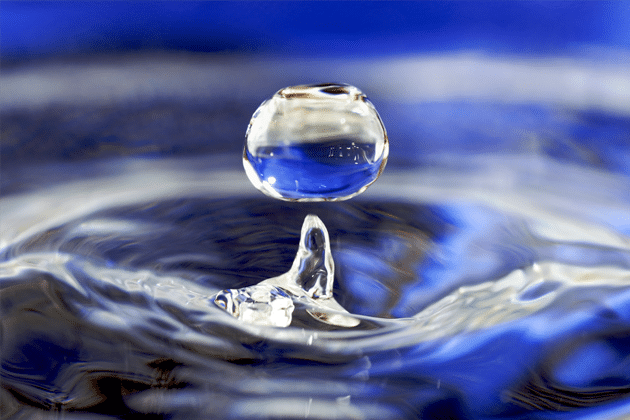
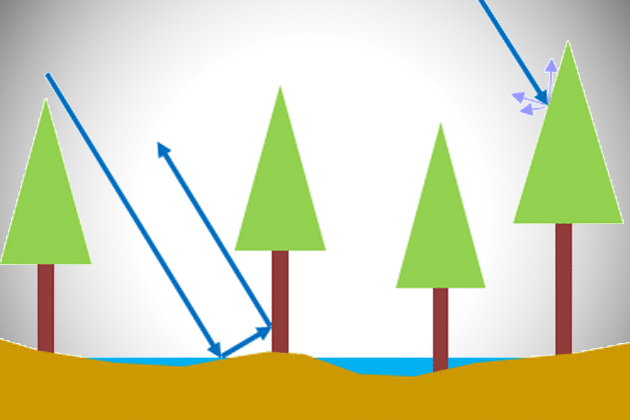
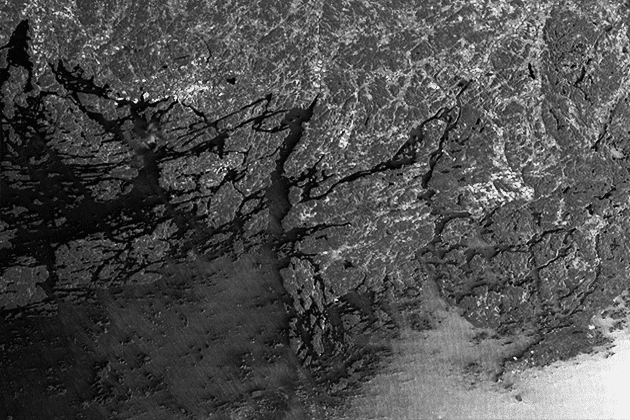

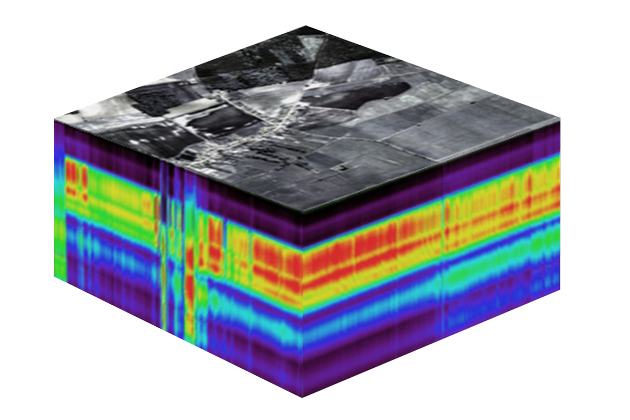
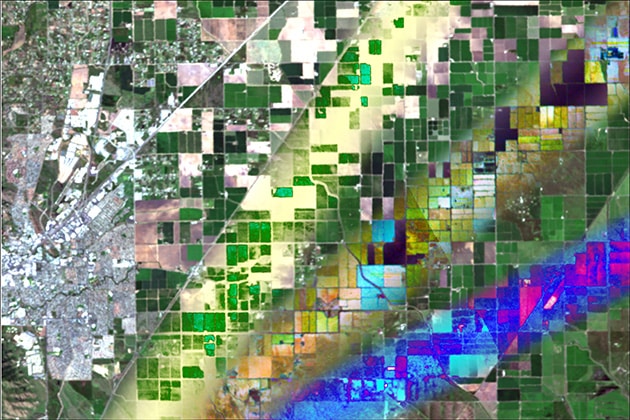

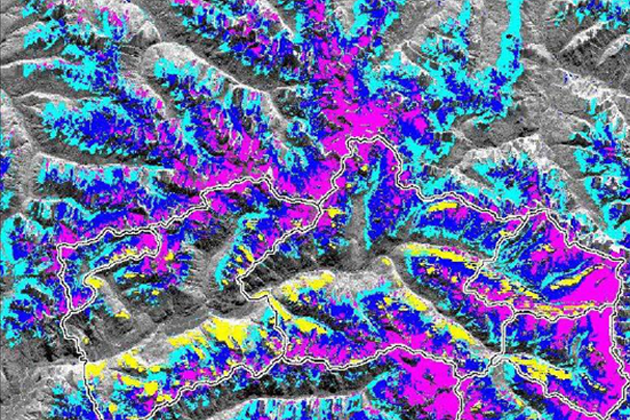
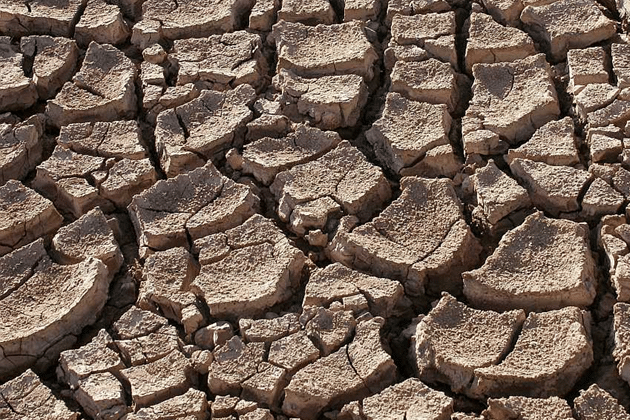
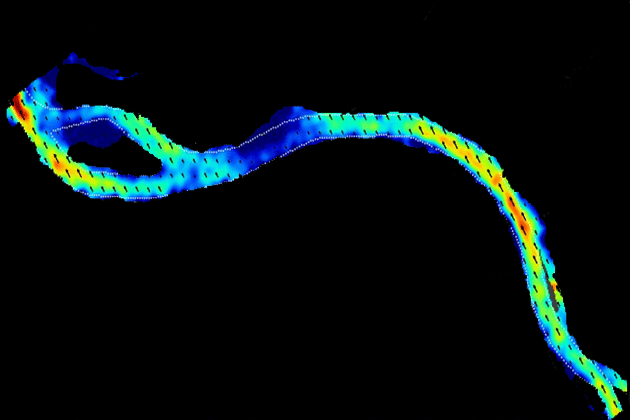
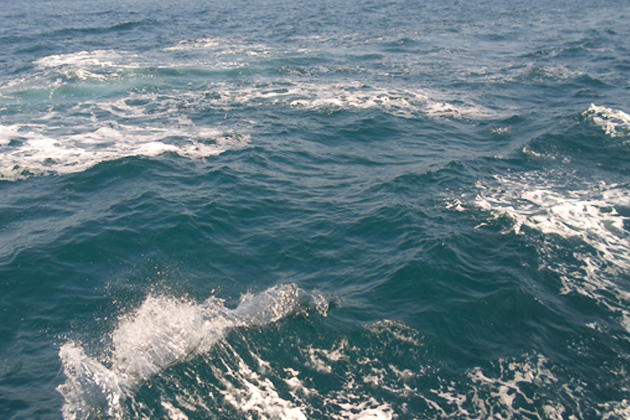
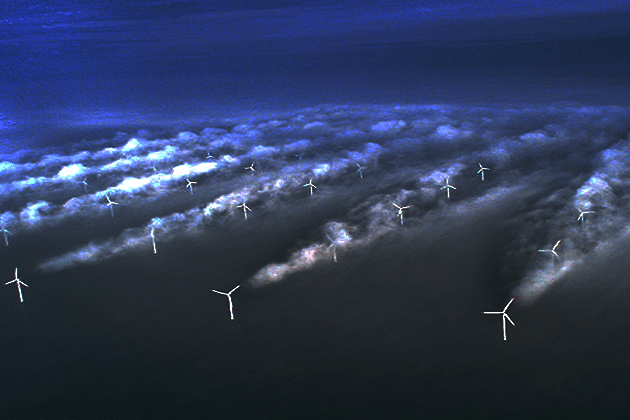
Responses